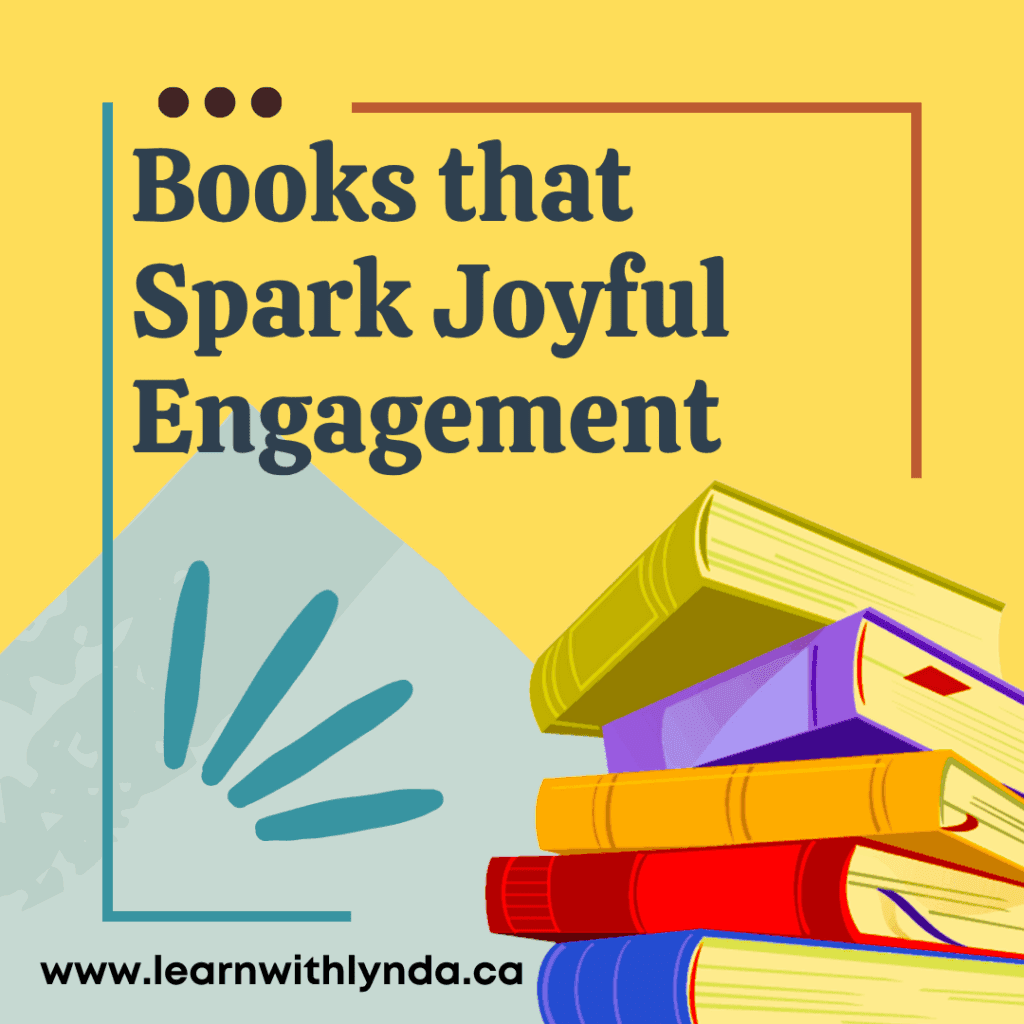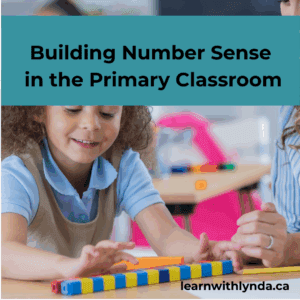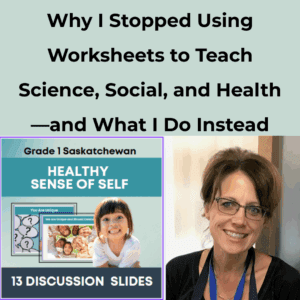At the start of every school year, I like to gather books that are not only fun to read but also invite rich conversation and interaction. I especially look for titles that help guide behaviour and build empathy in playful, accessible ways. Books that encourage laughter, movement, or connection make such a difference—they draw children in and create a shared experience that sticks with them long after story time ends.
Here are a few high-engagement favourites that spark joyful learning and help set a positive tone for the year:
We Don’t Eat Our Classmates by Ryan T. Higgins
This book is always a hit—who can resist a dinosaur who has to learn not to eat her classmates? The humour grabs children right away, and the story gently opens up discussion about kindness, self-control, and respecting others. It’s a fun, light-hearted way to talk about classroom expectations, and students love the surprising moments that keep them guessing. It’s also a great story to revisit when friendship issues arise later in the year.
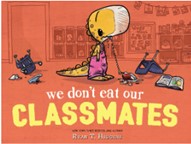
Don’t Laugh at Me by Steve Seskin and Allen Shamblin
This is one of my favourite books to read aloud, especially because it can also be sung. While the publisher recommends it for children ages 6 to 12, I’ve found that younger learners connect deeply with the characters. I do take the time to unpack the lyrics and context, but even my four- and five-year-olds grasp the importance of treating others with compassion. The message is powerful, and the rhythm makes it memorable. It’s a beautiful resource for building empathy and encouraging thoughtful conversations.
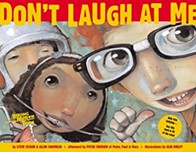
Don’t Push the Button by Bill Cotter
Looking for a book that invites participation and pure excitement? This is it. The story is interactive, silly, and full of surprises—perfect for capturing the attention of young learners. Children are instantly hooked by the idea of pushing (or not pushing!) the big red button. It’s also a sneaky way to build early comprehension strategies like predicting and cause-and-effect thinking. If your class enjoys this one, Cotter’s other “Don’t” books will keep the fun going.
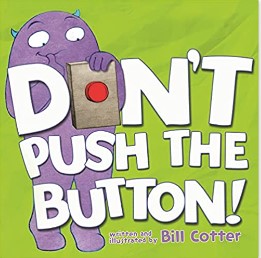
Books like these help create a joyful, playful classroom environment where children feel safe to express themselves, try new ideas, and build relationships. The laughter, curiosity, and conversations that grow from stories like these can be some of the most meaningful moments in your day.
Do you have favourite “Don’t” books that your children love? I’d love to hear what’s engaging your learners!
Happy Reading,
Lynda

